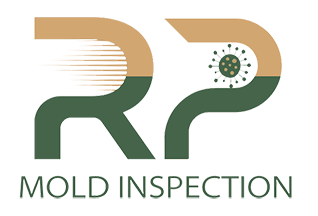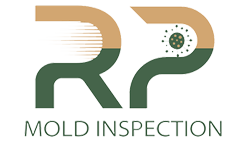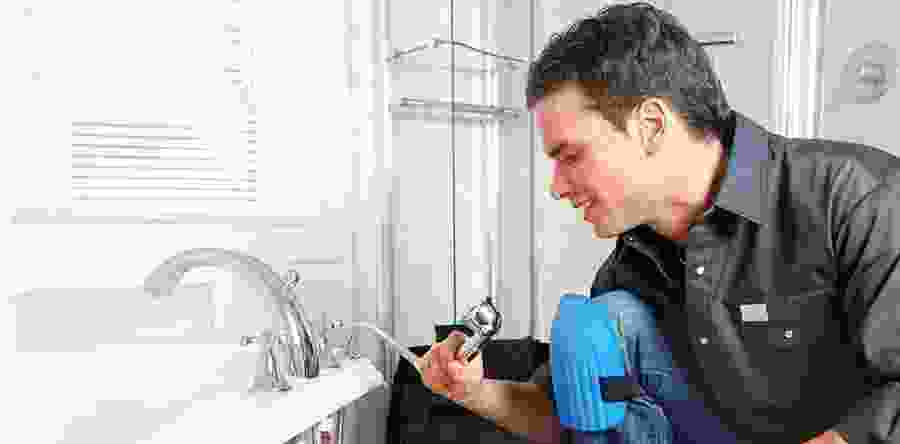Bookings Open
- Nam quam nunc, blandit vel, luctus pulvinar, hendrerit id, lorem.
- Donec vitae sapien ut libero venenatis faucibus.
- Nam quam nunc, blandit vel, luctus pulvinar, hendrerit id, lorem.
- Maecenas nec odio et ante tincidunt tempus.
Quick Contact
What Is White Mold?
What is White Mold?
White mold is a fungal growth that commonly appears in damp, poorly ventilated areas of homes. Unlike black mold, which is often associated with serious health risks, white mold is less toxic but can still cause structural damage and potential health issues. It thrives on organic materials like wood, drywall, and fabrics, making homes a prime target for infestation.
Causes of White Mold in Homes:
- Leaks and Water Damage – Leaky roofs, pipes, or flooding can create damp conditions perfect for mold growth.
- Poor Ventilation – Inadequate airflow in basements, attics, and crawl spaces increases humidity levels.
- Condensation – Water buildup on windows, walls, and ceilings due to temperature differences encourages mold formation.
- High Humidity – Homes with consistently high indoor humidity levels (above 60%) are more prone to mold problems.
White mold can be challenging to distinguish from efflorescence (salt deposits) or mildew. Here are some key signs:
Appearance – It often looks like a fluffy or powdery white substance on walls, furniture, or floors.
Odor – A musty, earthy smell is a strong indicator of mold presence.
Growth Pattern – White mold spreads in irregular patches and can penetrate porous materials, unlike efflorescence, which remains on the surface.
Dangers of White Mold
While white mold is not as hazardous as toxic black mold, prolonged exposure can lead to health problems, especially for individuals with respiratory issues or allergies. Common symptoms include:
Sneezing and coughing
Skin irritation
Watery eyes
Respiratory discomfort
White mold is a common household problem that can cause structural damage and health issues if not addressed promptly. By understanding its causes, identifying signs early, and taking preventative measures, homeowners can effectively combat mold growth. If the infestation is extensive, consider seeking professional mold remediation services to ensure safe and thorough removal.
How to Remove White Mold:
If you discover white mold in your home, follow these steps for safe removal:
Wear Protective Gear – Use gloves, masks, and goggles to avoid direct exposure.
Identify and Fix Moisture Sources – Repair leaks and improve ventilation to prevent recurrence.
Scrub with a Cleaning Solution – Use a mixture of water and vinegar, hydrogen peroxide, or a commercial mold cleaner to scrub affected areas.
Dry Thoroughly – Ensure the cleaned area is completely dry to prevent future mold growth.
Dispose of Contaminated Materials – Severely affected items, like carpets or drywall, may need replacement.
How to Prevent White Mold Growth
Preventing mold is easier than dealing with an infestation. Follow these steps to keep your home mold-free:
Control Humidity – Use dehumidifiers and air conditioners to maintain indoor humidity below 50%.
Improve Ventilation – Install exhaust fans in bathrooms, kitchens, and basements to promote airflow.
Fix Leaks Immediately – Regularly inspect and repair leaks in plumbing, roofs, and windows.
Use Mold-Resistant Materials – Opt for mold-resistant paint, drywall, and insulation in moisture-prone areas.
Clean and Inspect Regularly – Conduct routine inspections of your home, especially in damp areas, to detect mold early.




